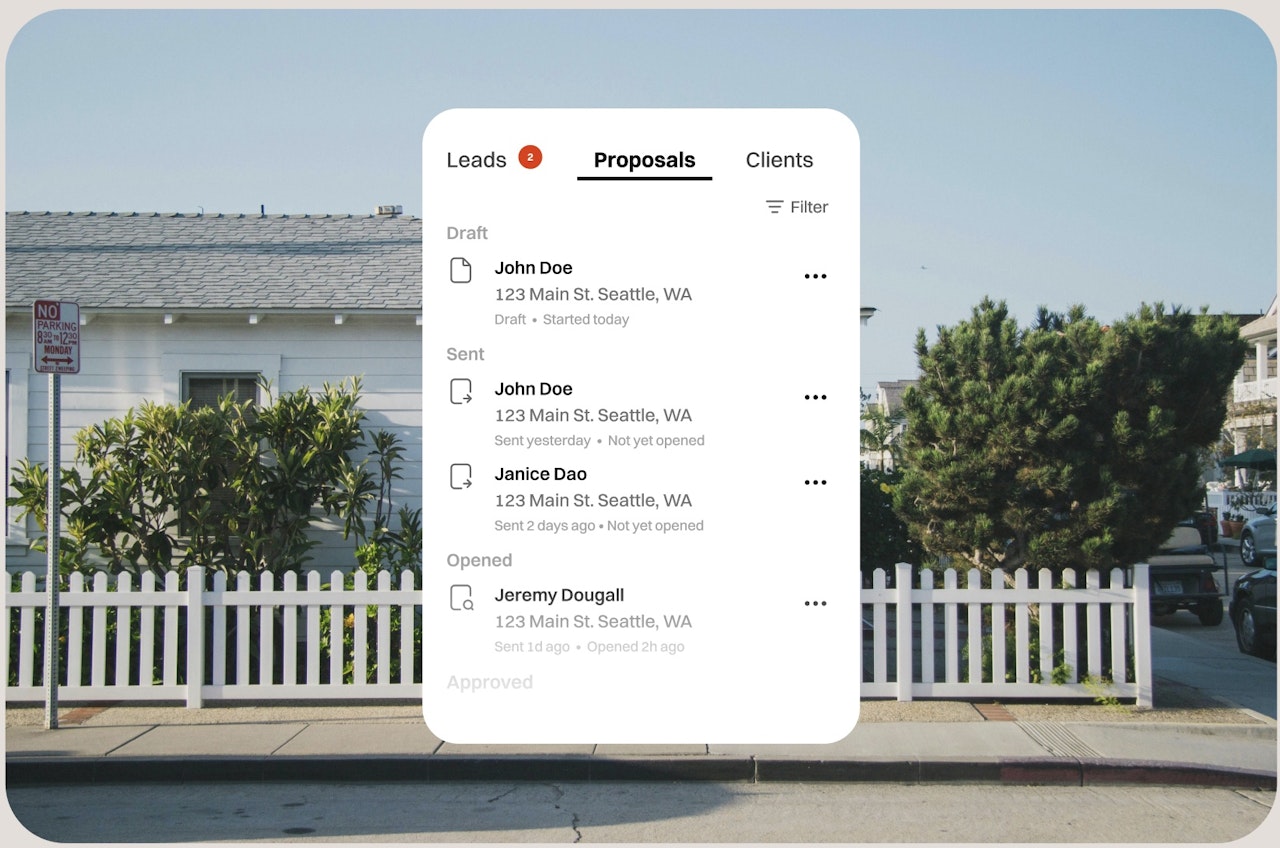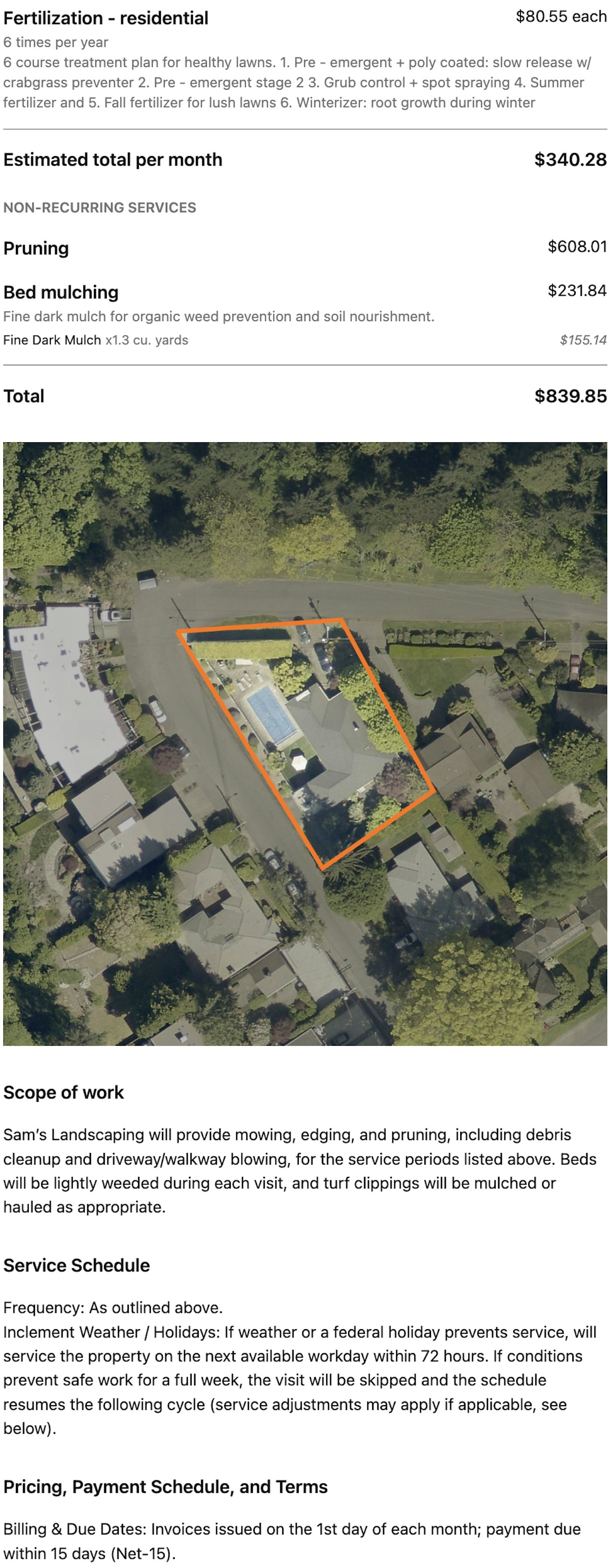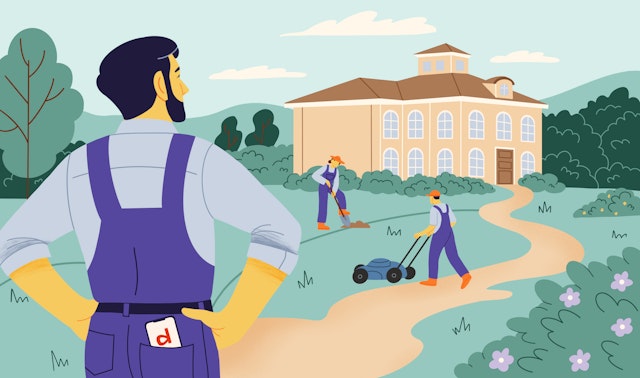A winning landscaping proposal doesn’t just list prices, it tells the story of your professionalism,
expertise, and reliability. For landscapers, lawn care specialists, and commercial contractors alike, the proposal is more than a quote, it’s your business card, sales pitch, and operations plan rolled into one.
In this guide, you’ll learn how to write a landscaping proposal that wins projects, earns client trust, and showcases your value clearly. We’ll cover everything from preparing a detailed scope of work to presenting pricing, visuals, and warranties that close deals.
If you’re ready to move faster, you can download Duranta for free, where our software is designed to help landscaping businesses automate proposals, standardize pricing, and collect client approvals with ease.

 Sales
Sales



